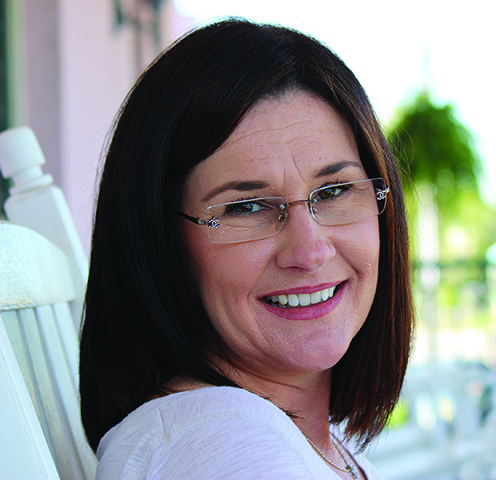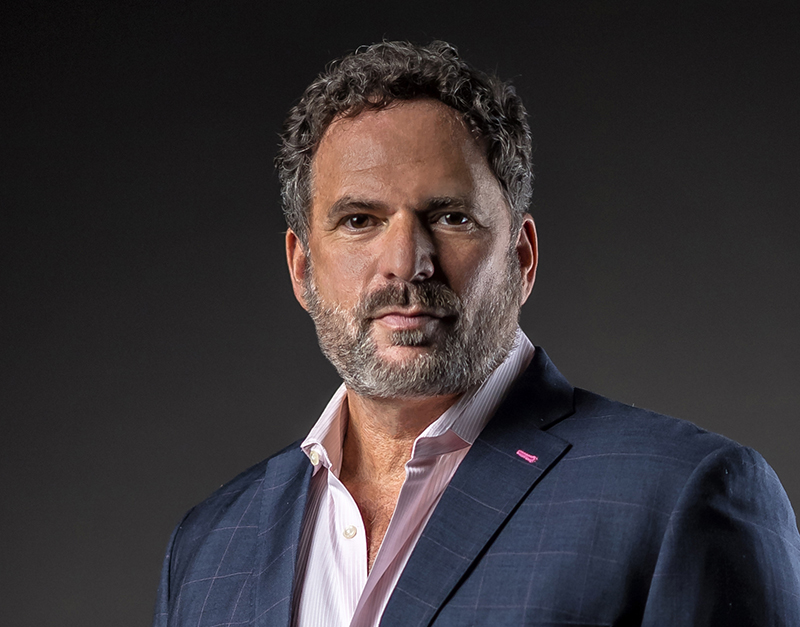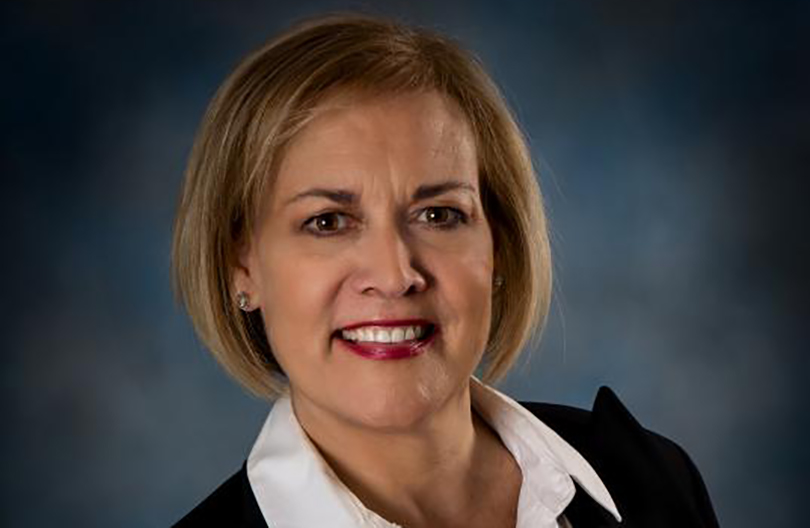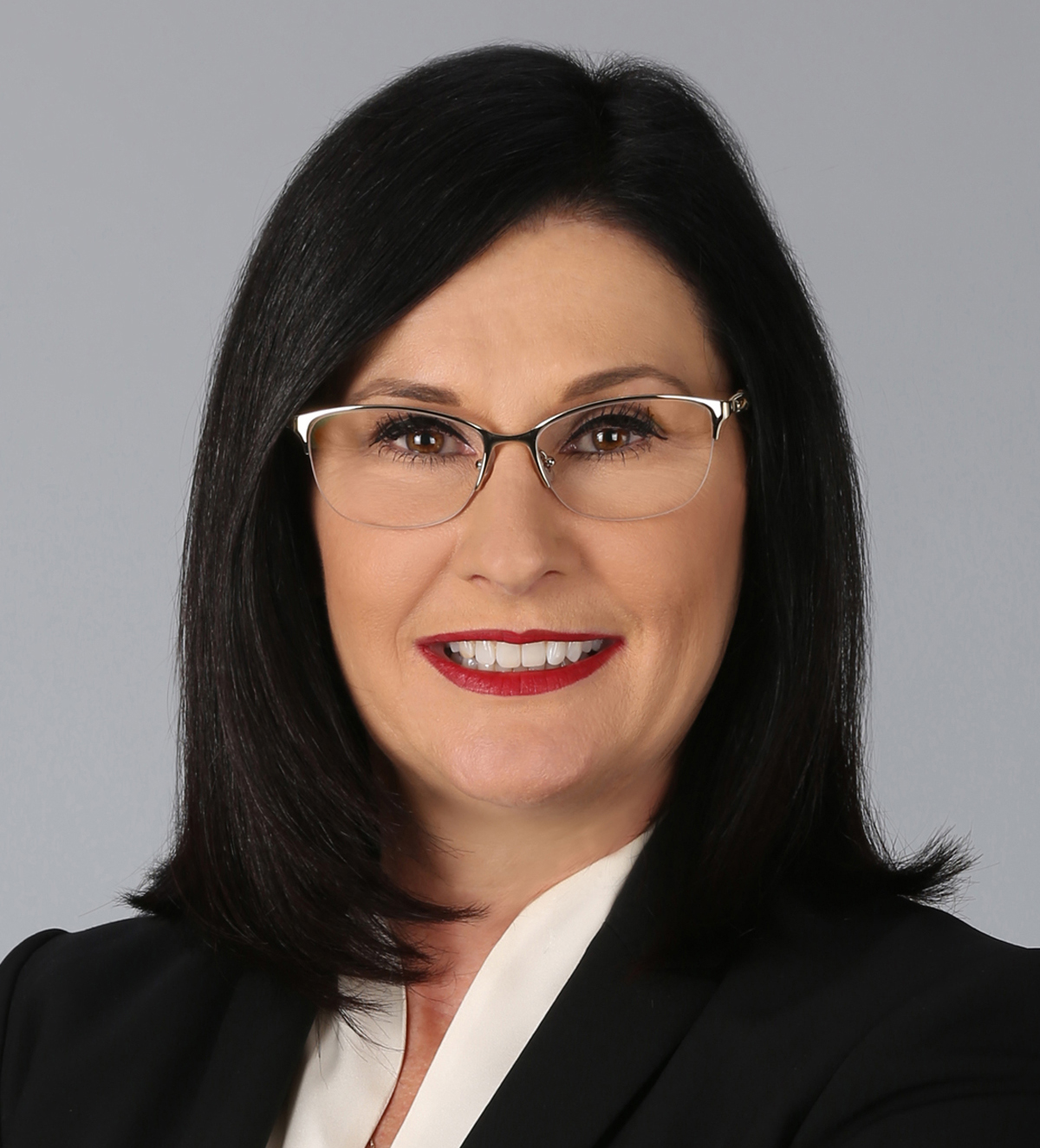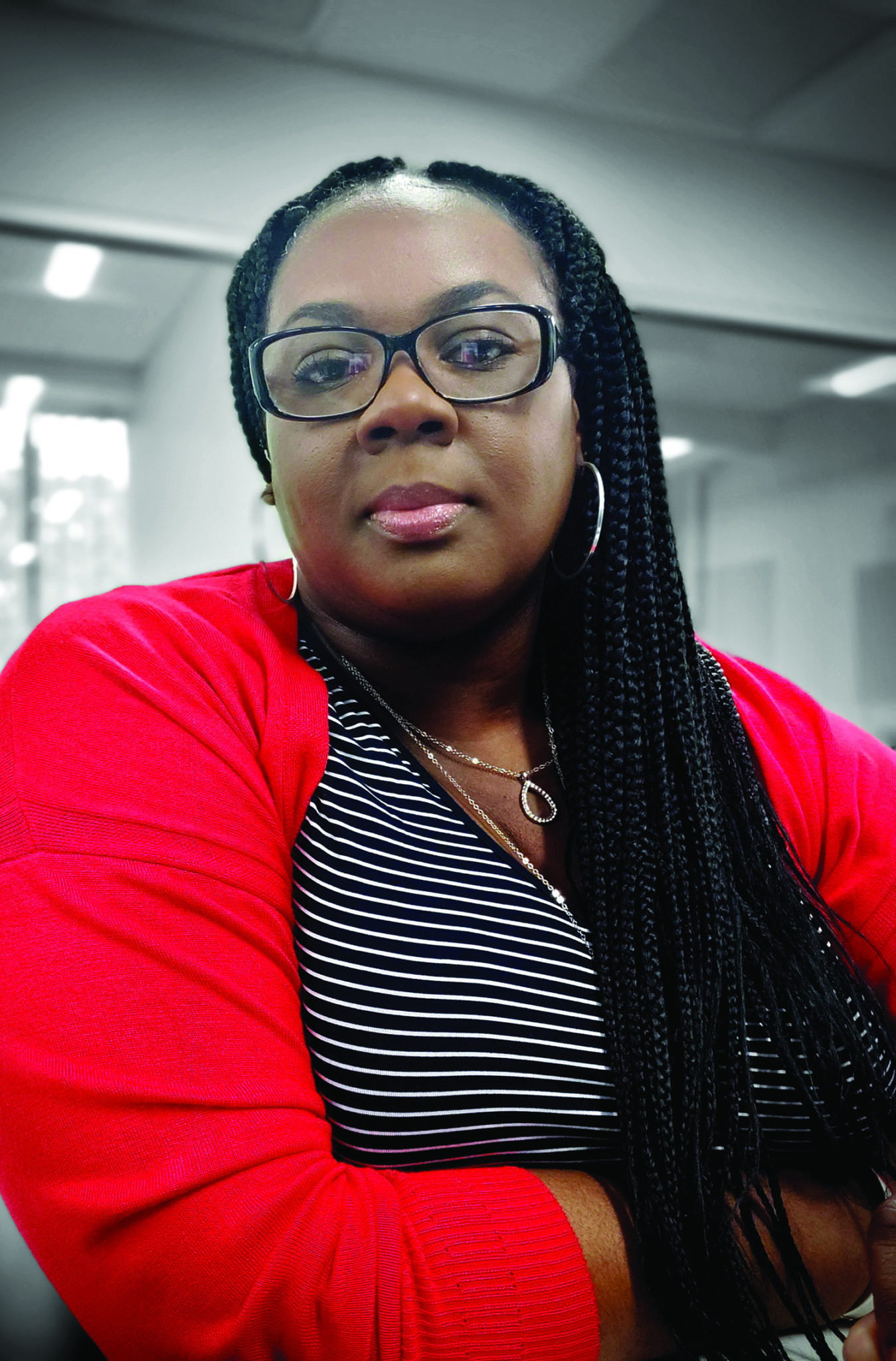By Darcie Lunsford
If it feels as though there is more commercial development going on these days, there is—despite so many experts saying (at least before December’s big tax-cut package) we were at or approaching the sunset of this current building boom.
The development of office, industrial, shopping and entertainment complexes accelerated in 2017, both nationally and in Florida, according to the newly released “Economic Impacts of Commercial Real Estate” annual report, funded by the NAIOP Research Foundation. The 18,000-member NAIOP is the nation’s leading commercial real estate development association.
The economic impact from commercial real estate development and the operation of existing properties contributed $935.1 billion to U.S. gross domestic product in 2017, the report shows. The sector fuels 7.6 million jobs, which churn out $286.4 billion in personal income.
Florida ranks fifth nationally for commercial development, which poured in $19.3 billion in economic juice in 2017. That was about $3.6 billion more than in 2016, data show. The business of development generated 155,926 jobs and $6.6 billion in personal earnings statewide. Only Texas, California, New York and Pennsylvania had more development-related dollars.
And once all those new offices, warehouses, shopping centers and entertainment parks are up and running, Florida continues to get the third-largest economic jolt nationally from continuing operations, generating $189.4 billion in economic output last year.
According to Stephen S. Fuller, the report’s author and director of George Mason University’s Stephen S. Fuller Institute, more strong development years are ahead, thanks in part to the $1.5 trillion Tax Cuts and Jobs Act and broader strengths of the national and global economies.
“I think we will do better this year than we did in 2016 and 2017. The economy is good, and people are reinvesting,” he says. “We will need to pay attention to some submarkets for overbuilding. It will cause heartburn at some point, probably by 2020 or 2021.”
So far, no signs of that in South Florida. The industrial market, which has had the most development this cycle, remains at record-low vacancies. The office market has had only a dribble of new development, although several large projects appear poised to pop in Broward County. Vacancy rates at retail centers, under assault from the rise of e-commerce, also sit at less than 4 percent regionwide.
“We are looking for CRE development to increase in 2018,” says Mark Vitner, senior economist at Wells Fargo. “All segments should see at least some nominal gains, but the strongest growth will likely continue to come from the industrial market, which is benefiting from the continuing emergence of online retailing and resurgence in international trade. Hotels are another bright spot and office construction should be modestly stronger.”
Nationally, education facilities had the most commercial construction activity in 2017, up 12 percent from 2016, with more than $100 billion in building activity, according to the NAIOP report. Retail construction followed ($84.2 billion), then office ($69.1 billion). Construction of manufacturing facilities was fourth ($61.8 billion), but that sum represents a 14-percent decline year-over-year.
“Tax reform is a positive for CRE,” Vitner says. “Overall economic growth is likely to be stronger and increased capital spending will likely boost manufacturing activity.” ↵
Freelance writer Darcie Lunsford is a former real estate editor of the South Florida Business Journal. She is the senior VP for leasing at Butters Group and is avoiding a conflict of interest in her column by not covering her own deals.



